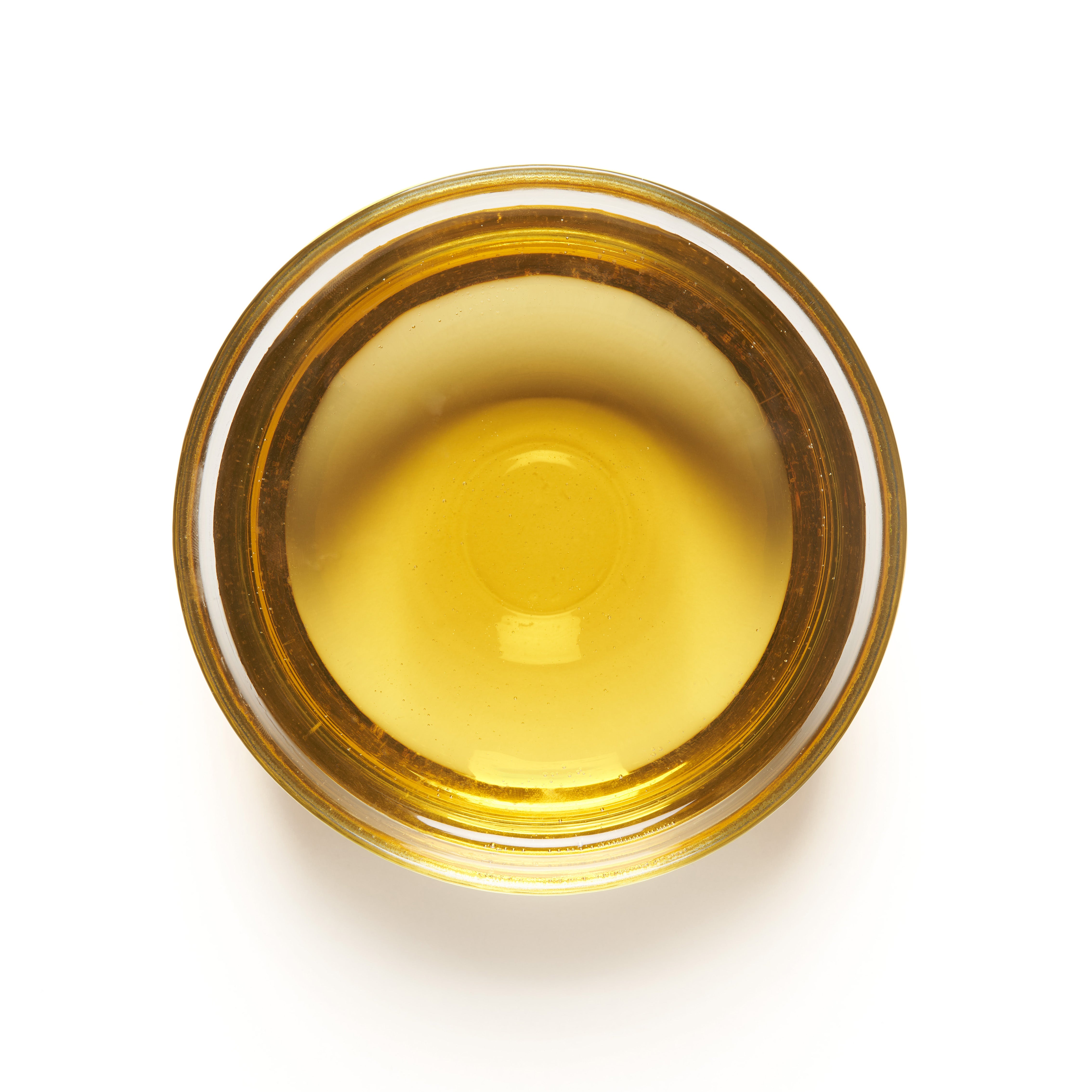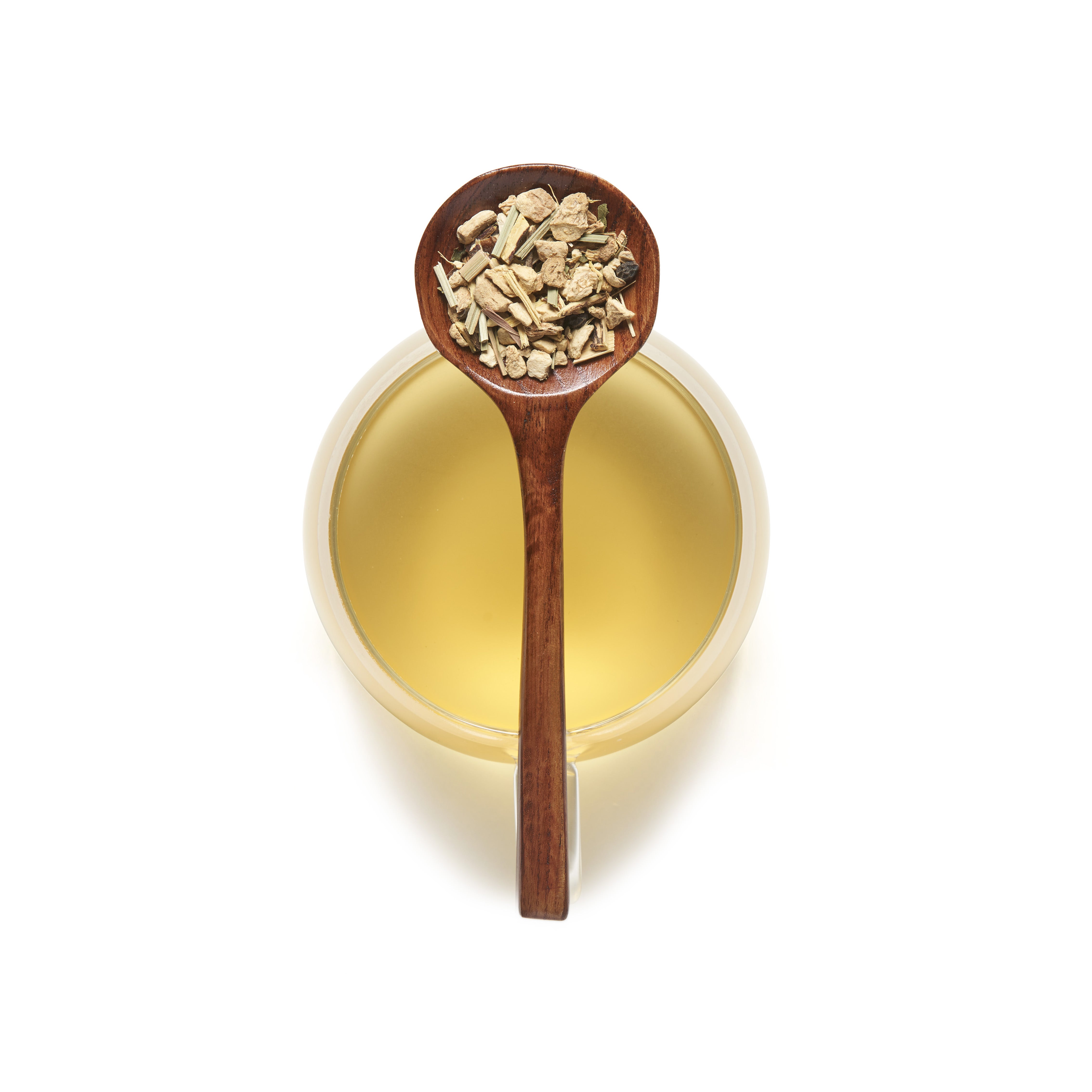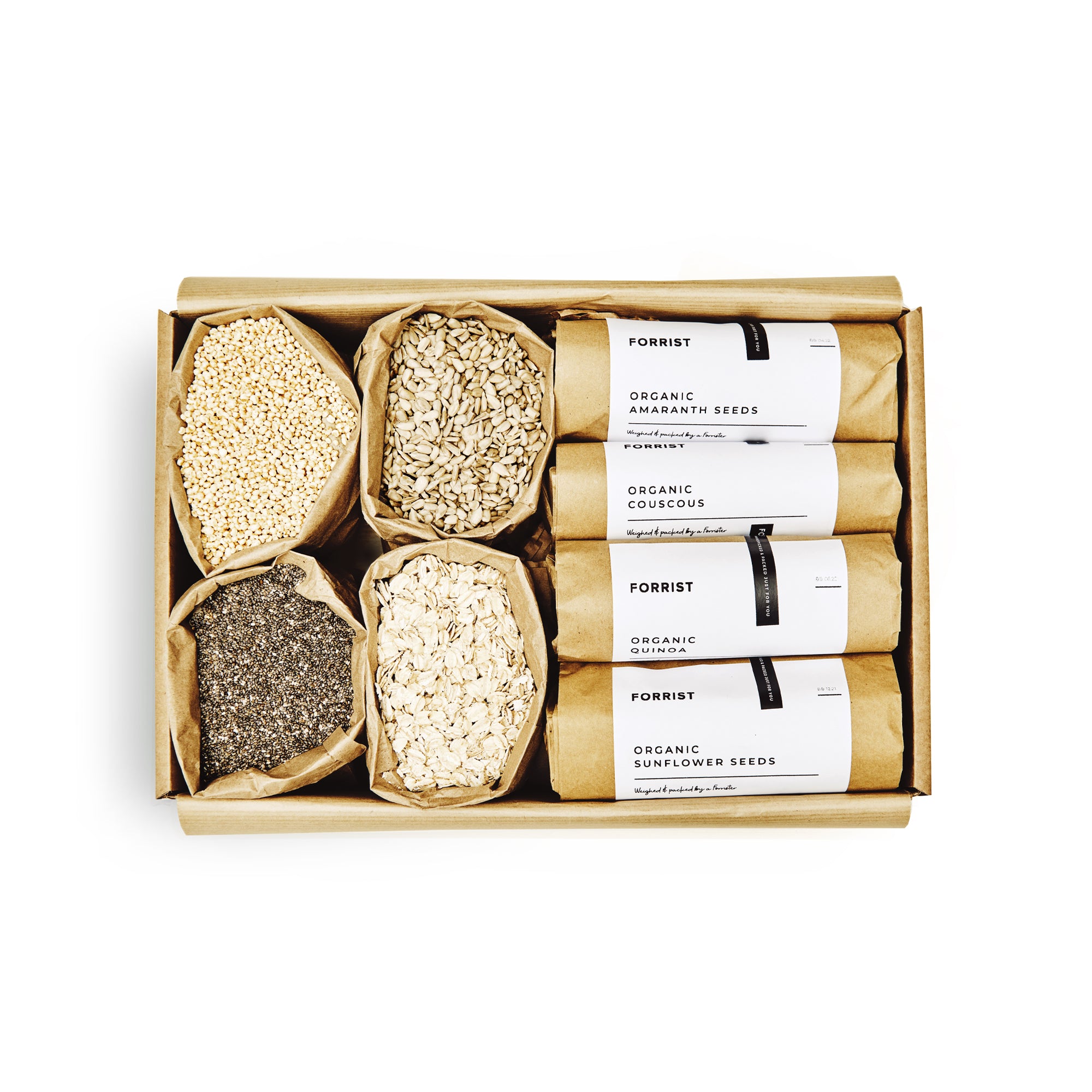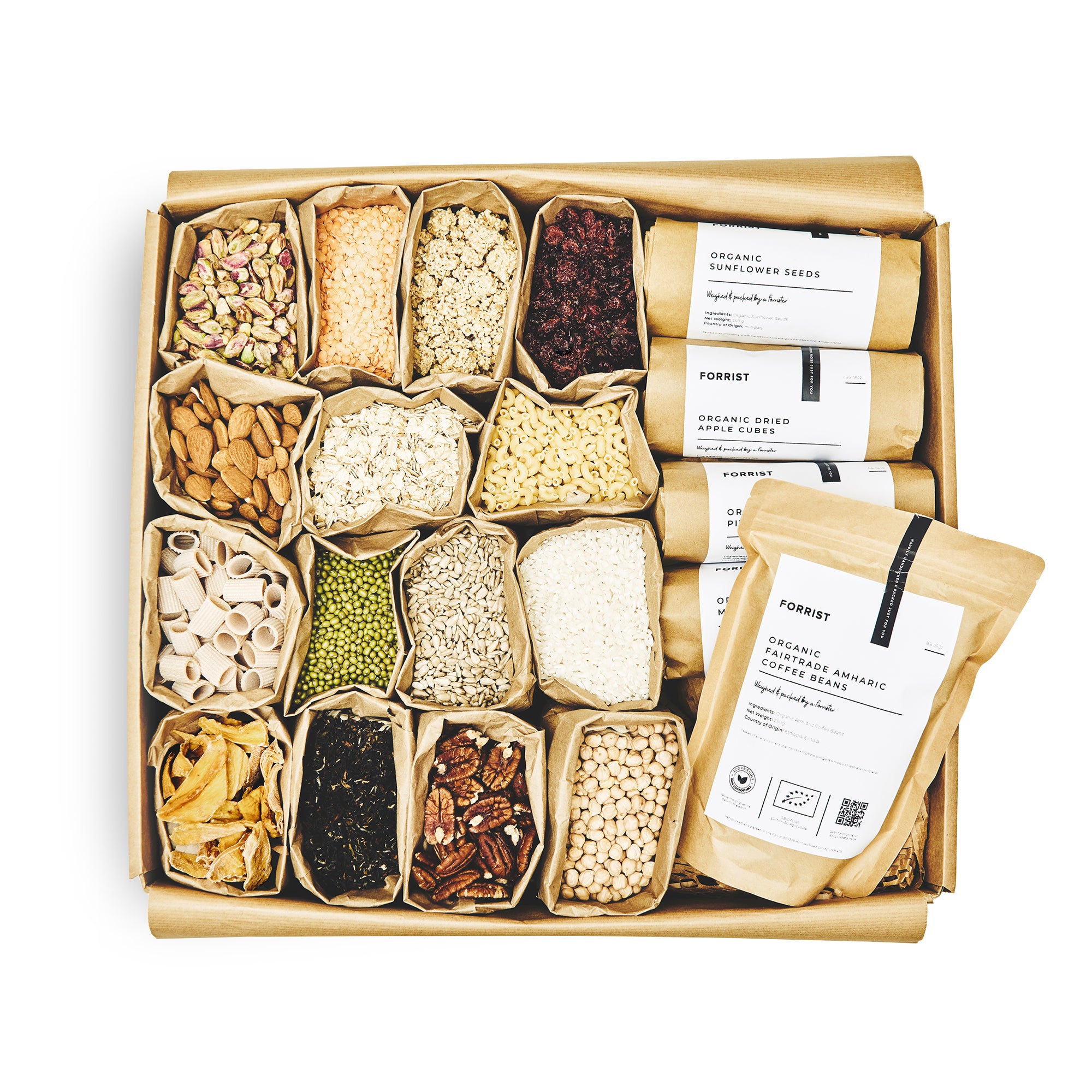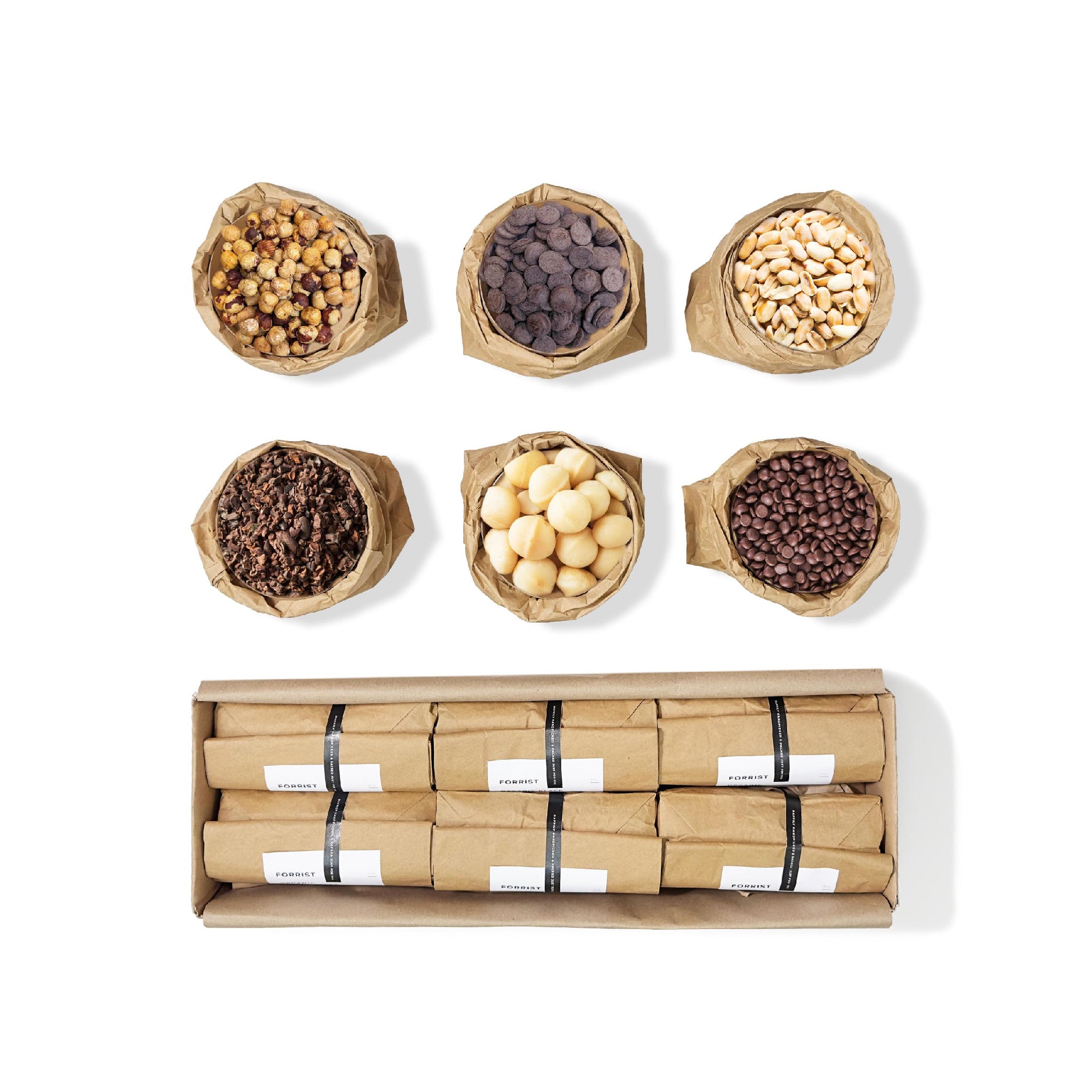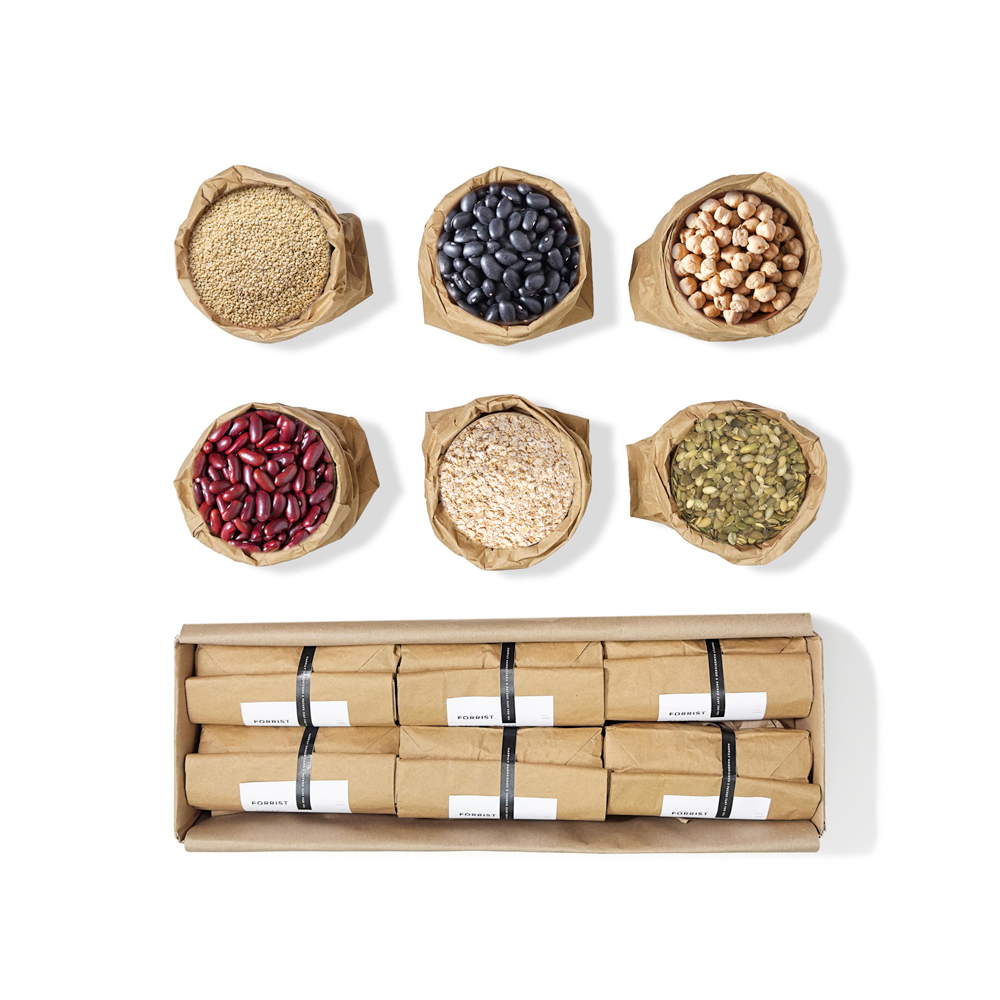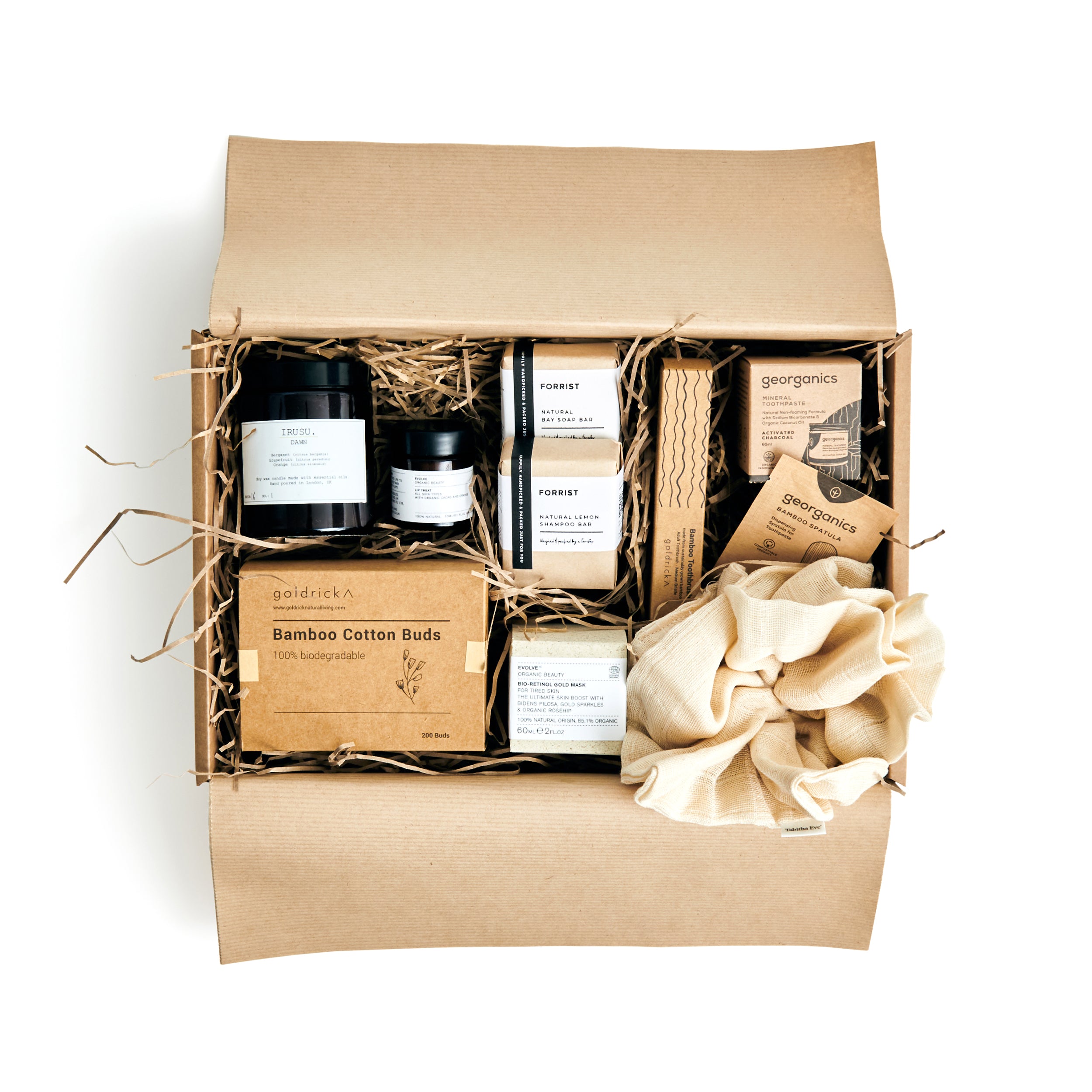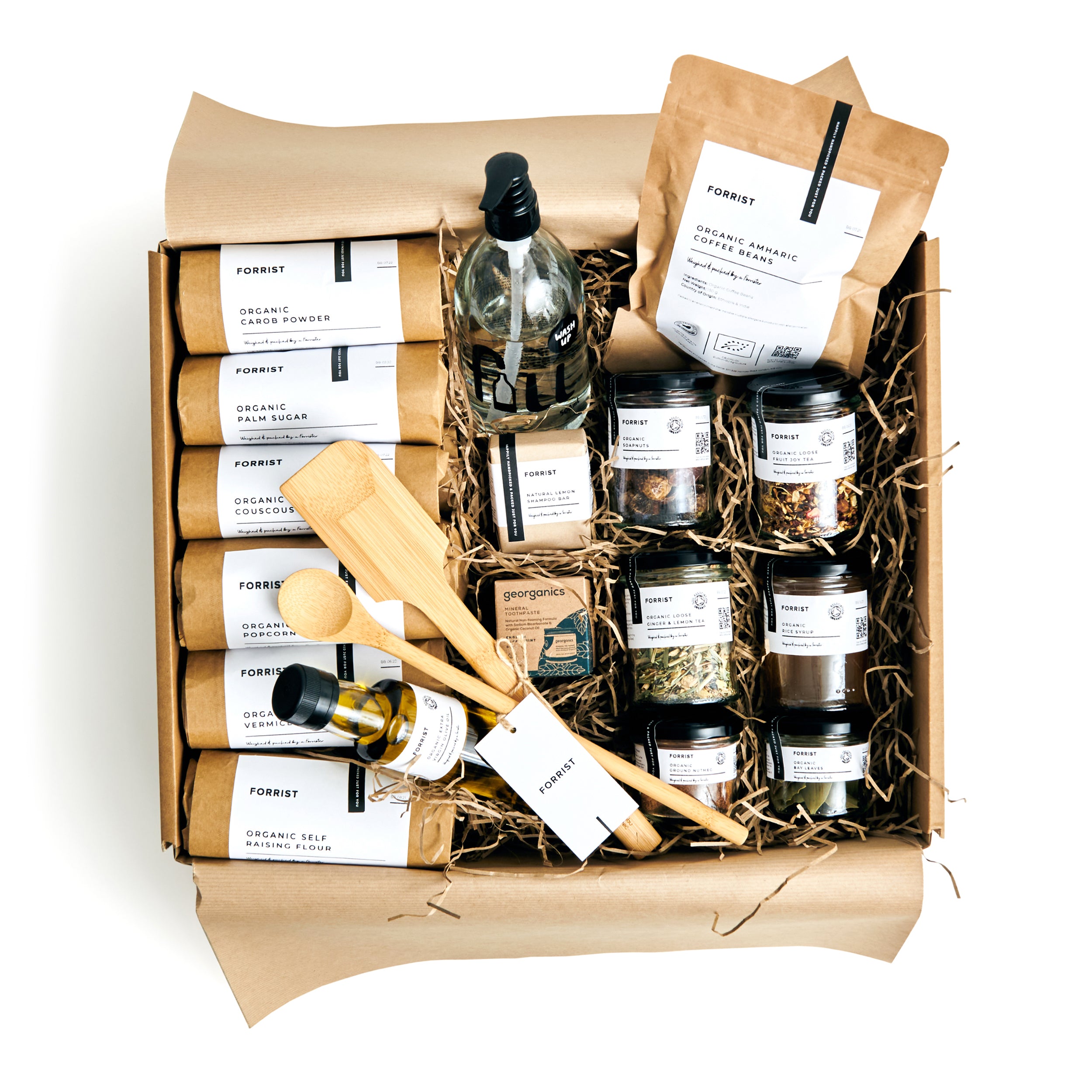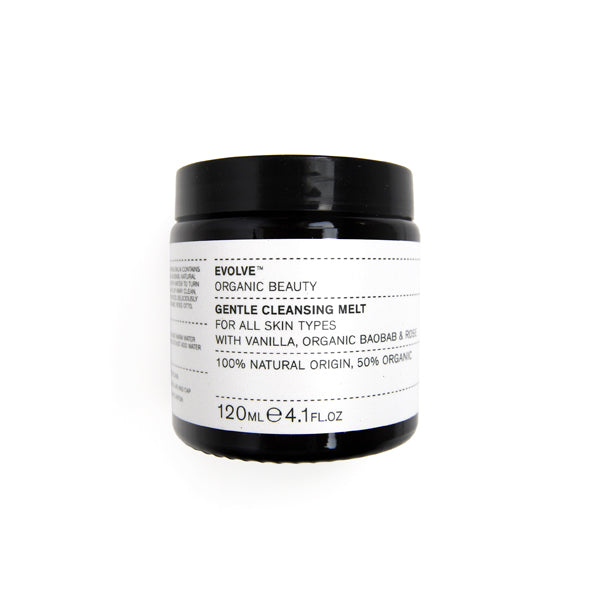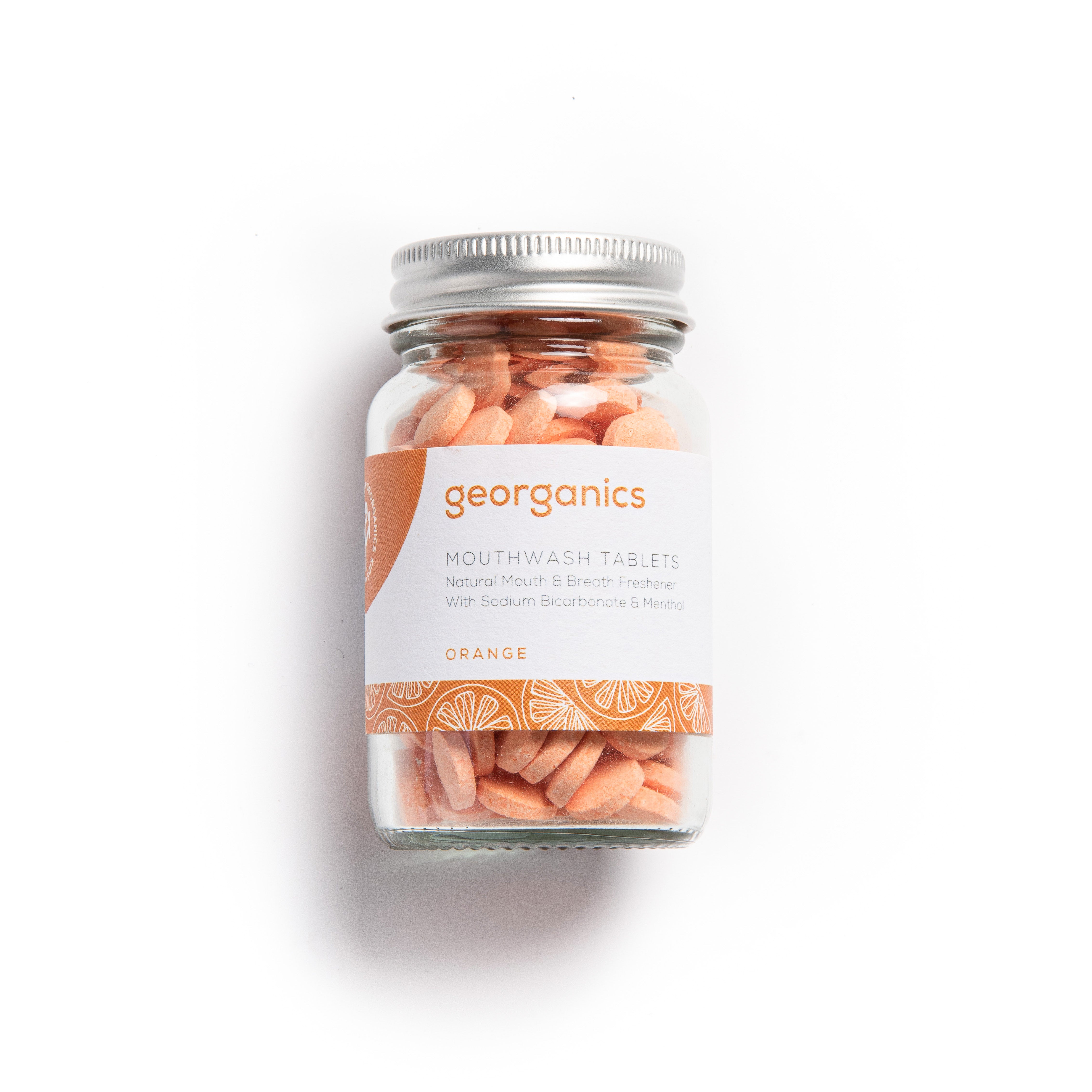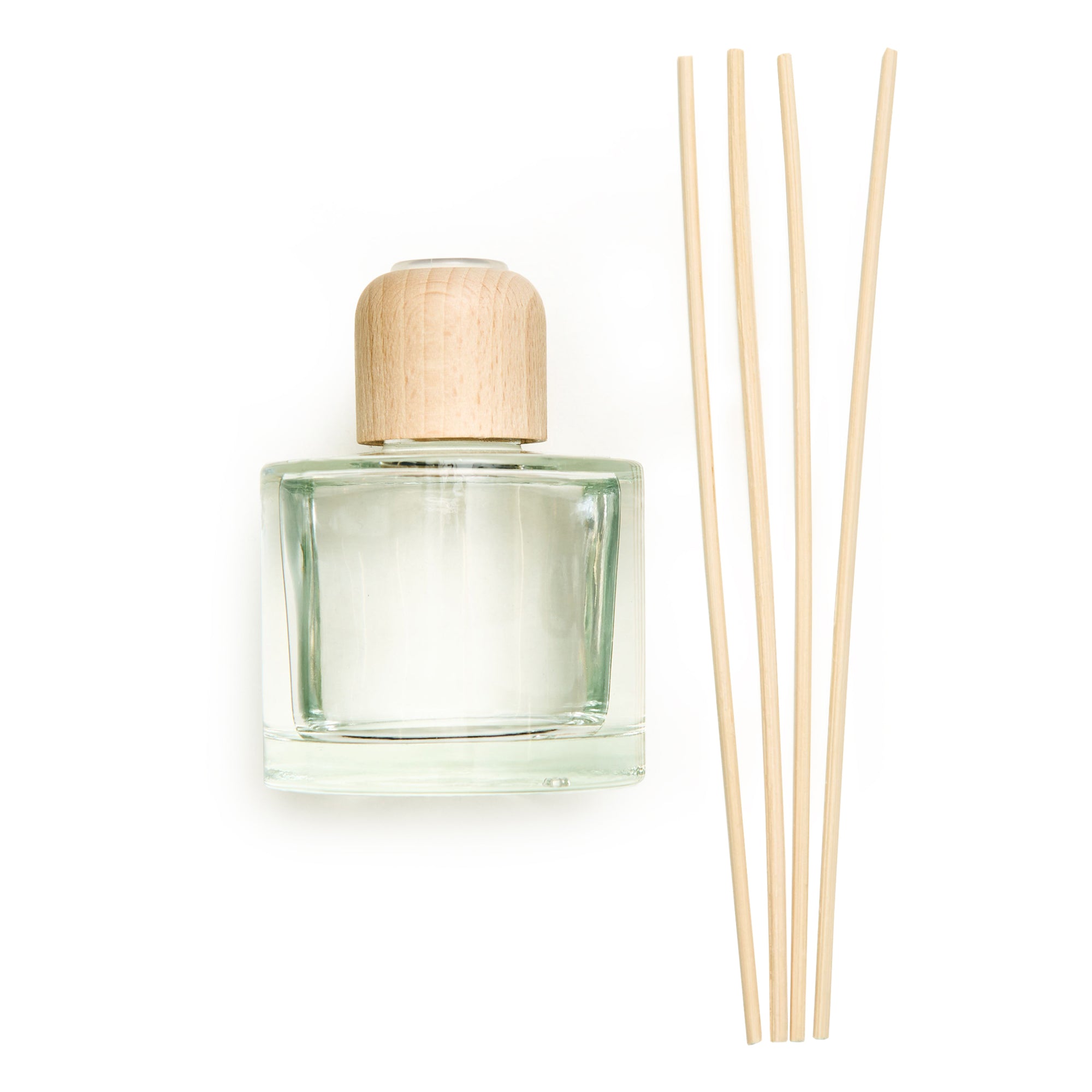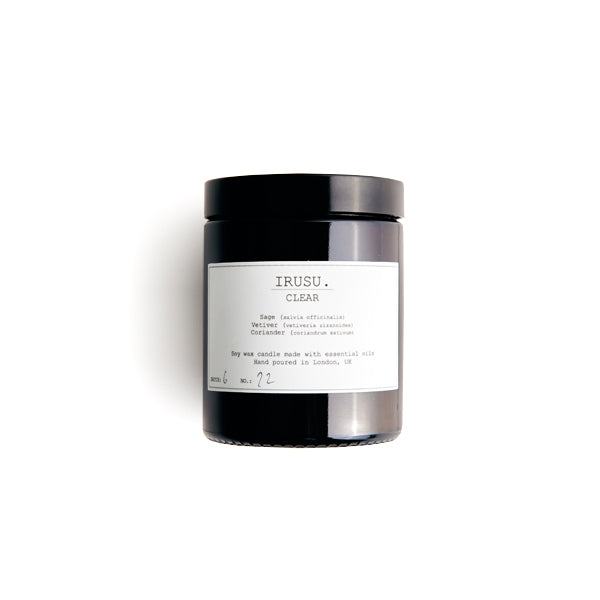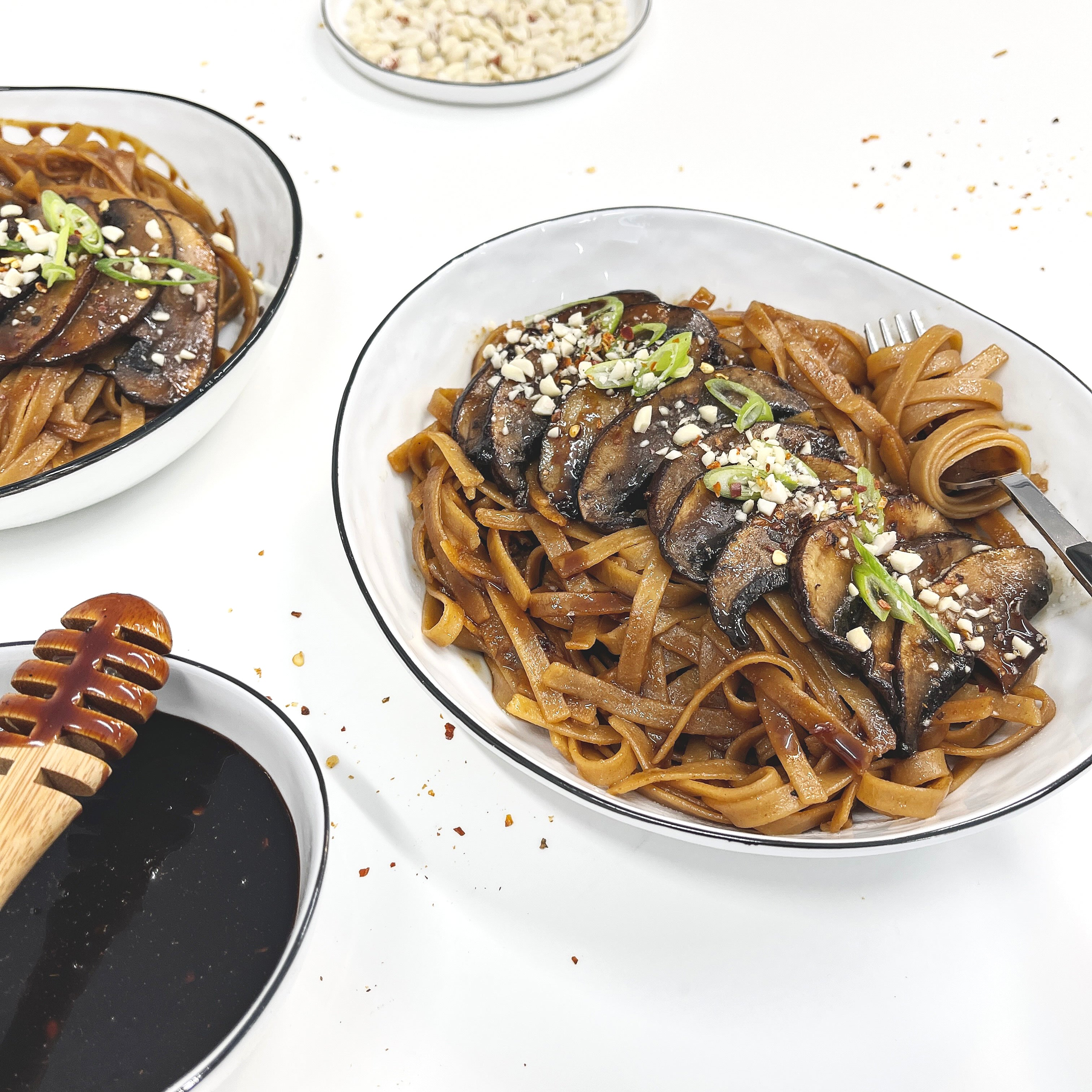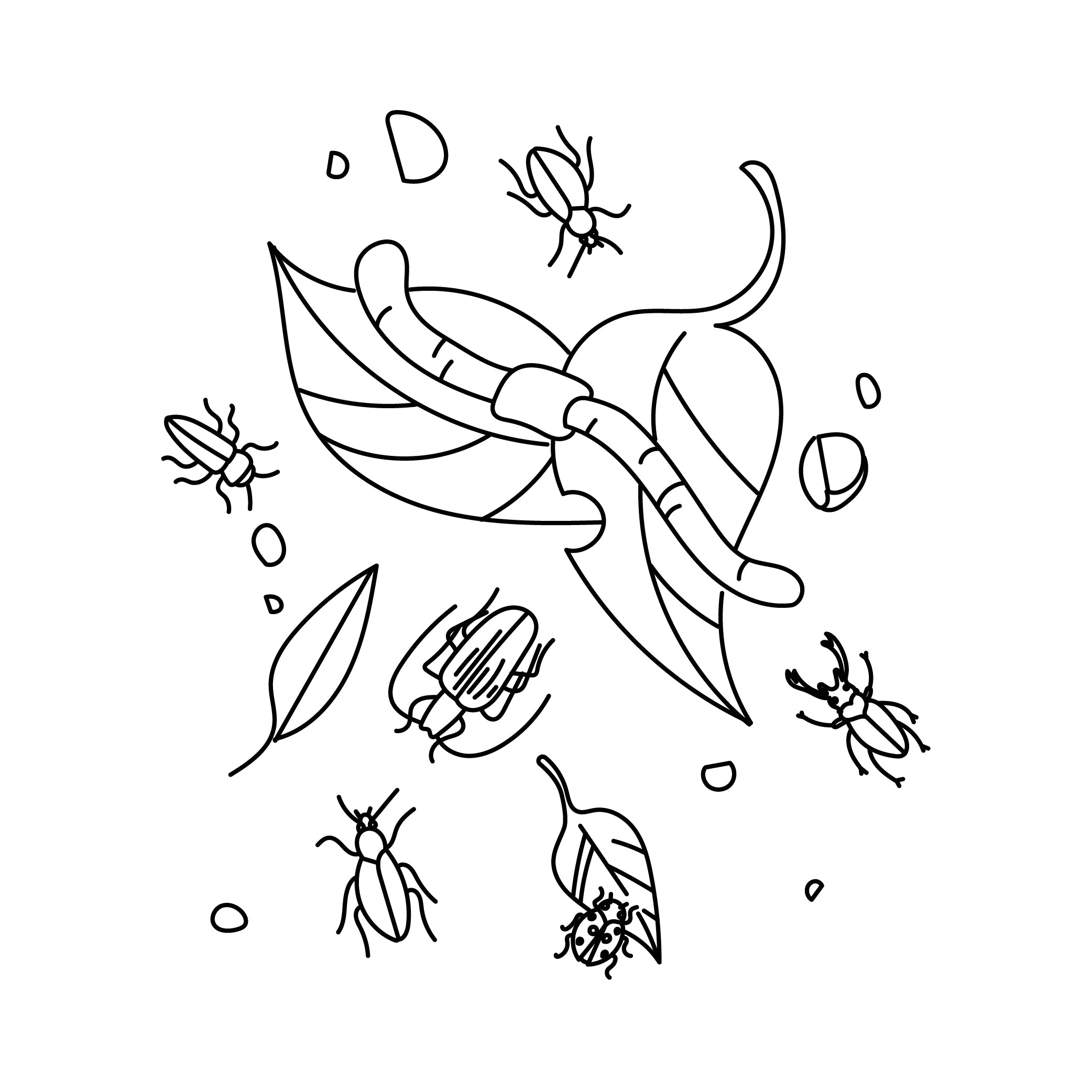
Today is World Wildlife Day : 3rd March
Did you know, in the UK there are many beneficial insects and bugs that are vital for the wellbeing of our gardens. When it comes to growing vegetables and understanding healthy ecosystems. you should know the symbiotic relationships these creatures play.
Here are our top 3 garden bugs

Worms
Worms are great for growing veg as they help increase the amount of air and water that gets into the soil, simply by moving around and creating little tunnels beneath the surface.
Cool characteristics: Worms are actually transparent, the red/pink colour you see is the haemoglobin in their blood. Their skin produces slimy mucus which helps them absorb oxygen and expel carbon dioxide. If they dry out they can’t continue this gas exchange and, unfortunately, die.
Benefit: Worms cluster around decaying matter consuming fungi, bacteria, and nematodes and excreting them as vermicompost or worm castings, which help maintain nutrients in the soil that would otherwise drain out.
Likes: Stones, logs, and leaves, so long as their damp. Oh, and anything rotting!
Tip: Try to reduce tilling your soil and leave organic matter on the surface. Frequently add manure and compost to attract worms as they are attracted to soil.
Ground & Rove Beetles
Ground and Rove beetles are predatory and feed at ground level, where they hunt for a variety of bugs and slugs. They are very efficient climbers and love to hunt aphids and caterpillars, making them great pest controllers.
Cool characteristics: Ground beetles and rove beetles (or Carabidae and Staphylinidae to give them their fancy names) can grow up to 25mm long and are often black and brown or green and blue in colour and sometimes look metallic due to the sheen on their wings.
Benefit: They hunt ground and soil dwelling insects including vine weevil larvae and other small invertebrates that feed on plant roots, causing serious damage.
Likes: Log piles, leaf litter and compost heaps
Tip: Bunch pots and logs together in your garden to attract those lovely beetles
Woodlice
These guys are actually crustaceans (such as crabs, lobsters and shrimp) with marine origins having evolved to live on land. They are seriously tough as they can tolerate dry and salty conditions, living on every continent (except Antarctica. They’re not that tough).
Cool characteristics: These guys breath through lungs which are found in their hind legs. They also shed their exoskeleton across the middle of their body. When it’s time to do this, they’ll shed stop eating for a couple of days then do half of their exoskeleton first and the other a few days later.
Benefit: They help to break down dead plants and increase soil fertility and are therefore useful nutrient recyclers in the garden.
Likes: During the day you can find woodlice under leaves, logs and other plant debris. At night they move in search of food, which is mainly rotting plant material.



